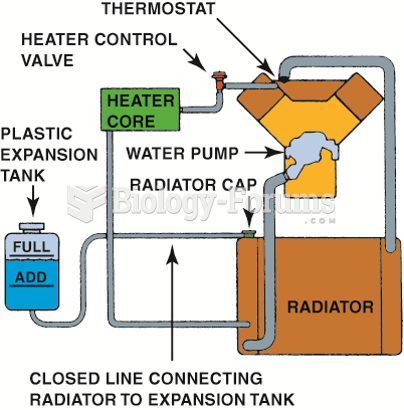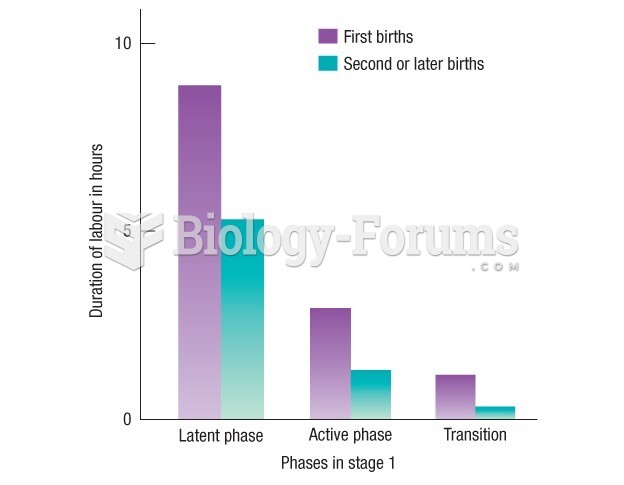|
|
|
On average, the stomach produces 2 L of hydrochloric acid per day.
Children with strabismus (crossed eyes) can be treated. They are not able to outgrow this condition on their own, but with help, it can be more easily corrected at a younger age. It is important for infants to have eye examinations as early as possible in their development and then another at age 2 years.
By definition, when a medication is administered intravenously, its bioavailability is 100%.
Warfarin was developed as a consequence of the study of a strange bleeding disorder that suddenly occurred in cattle on the northern prairies of the United States in the early 1900s.
The heart is located in the center of the chest, with part of it tipped slightly so that it taps against the left side of the chest.






